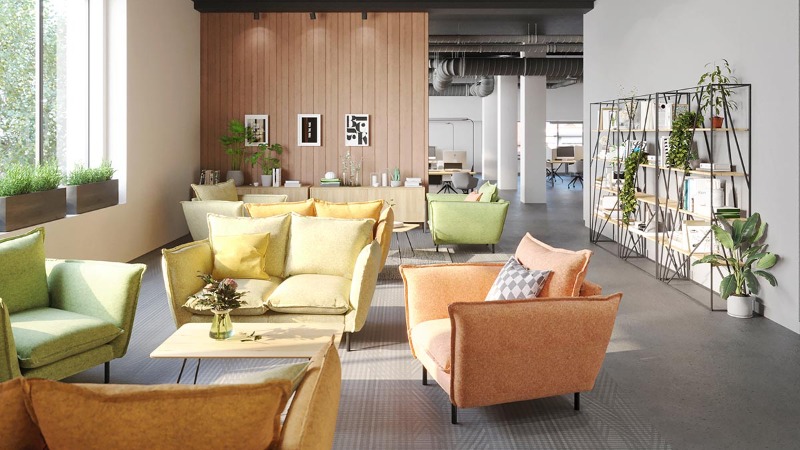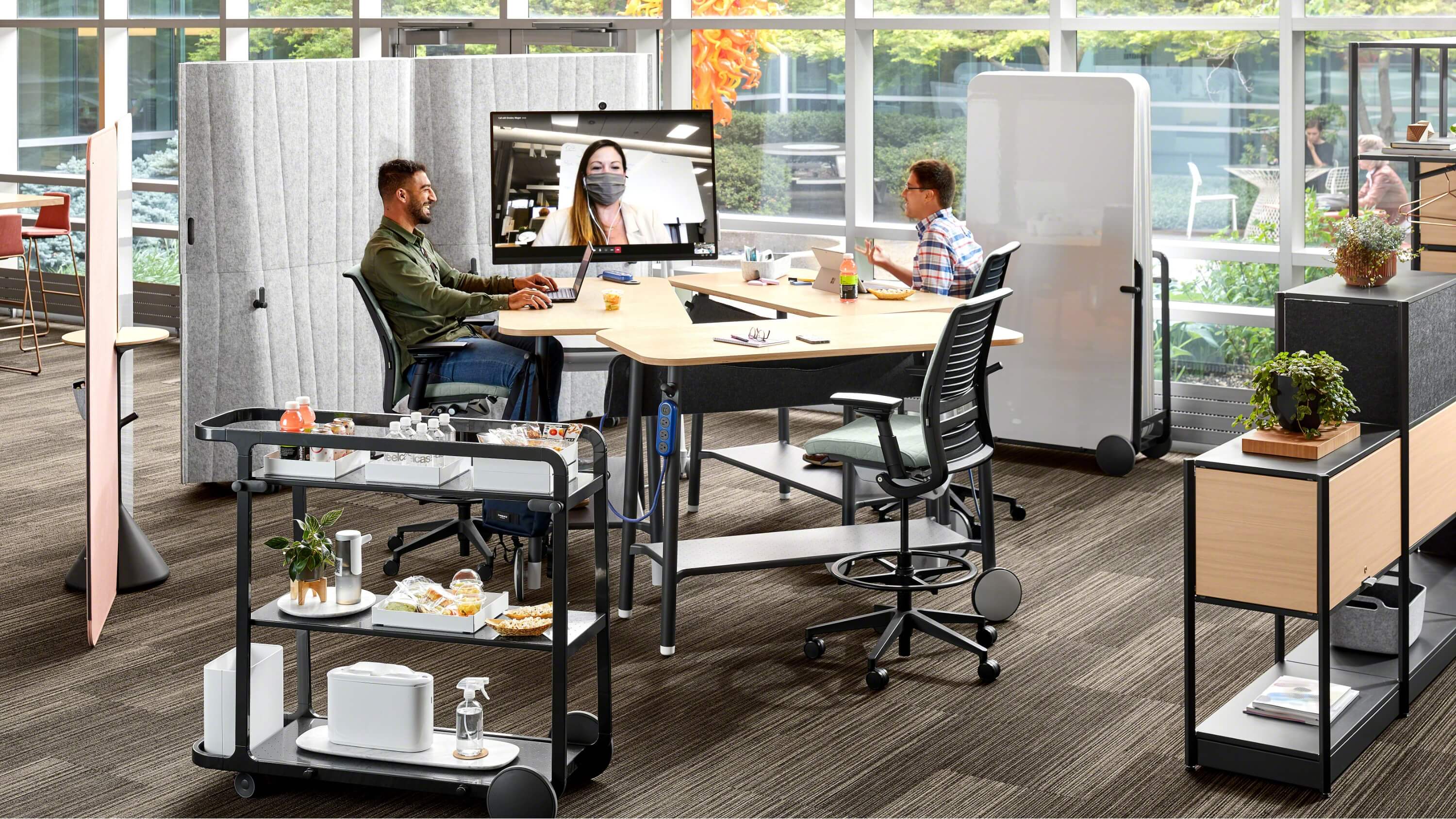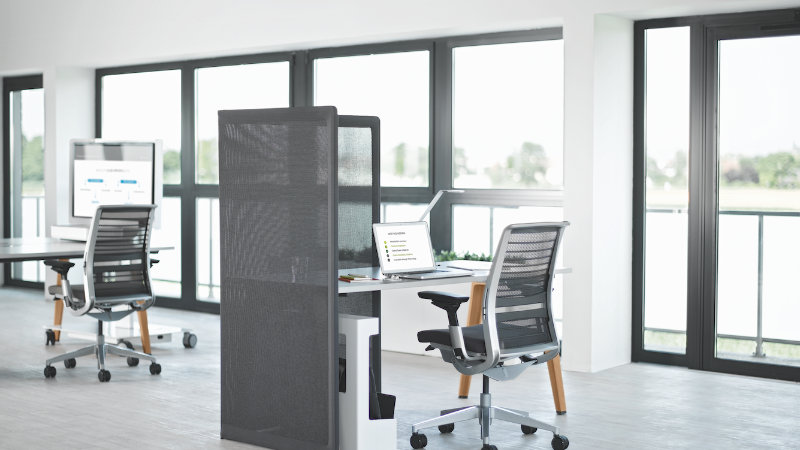In this blog post, we explore how organisations can create working environments that enable employees with autism to thrive and drive real bottom-line results.
What is autism?
Autism spectrum disorder (ASD) is a neurological and developmental disorder caused by differences in the brain. Individuals on the autism spectrum can be affected in different ways. They may experience hypersensitivity of the senses, difficulty understanding what others are thinking and feeling, anxiety and trouble sleeping.
By understanding how individuals with autism view the world, we have the potential to improve the workplace environment not just for employees with autism, but for all workers.
Autism in the workplace
It’s estimated that 700,000 people in the UK have a diagnosis of autism.
Shockingly, data reveals that only one in five people with autism are employed. They are the least likely to be in work of any other group with a disability.
Awareness of autism is growing, as is the need for workers with the skills, thought patterns and work ethic that are common among people on the autism spectrum. Companies like Microsoft, Ford, EY, J. P. Morgan and SAP all have dedicated hiring programs to proactively recruit people with autism.
Auticon is one of only a handful of companies that cater exclusively for employees who are on the autistic spectrum. The multi-national IT consultancy and social enterprise was set up in 2013 and has now grown to more than 150 employees.
But clearly there is still a long way to go in getting individuals on the autism spectrum into employment.
And recruitment is just one half of the battle. There is a growing awareness of the need to better design workplaces for people with autism and other neurodiverse conditions, so that they are able to thrive.
How to design autism-friendly workplaces
There are many ways you can create more autism-friendly workplaces. The most important principles to consider are:
1. Spatial configuration
Individuals with autism find spaces that are ordered and defined easier to process. The best spaces offer areas and pathways that are reconfigurable so that individuals on the autism spectrum can feel comfortable. In finding their way around a space, they are likely to benefit from symbols, coordinated colours, or distinctive landmarks to improve navigation.
It’s also really important for people with autism to have their own space in order to feel safe and in control. This means desk sharing and hot-desking should be carefully managed to build in familiarity and minimise anxiety. For people with autism, change is tolerated rather than embraced, and having to move from different desks all the time can cause stress. Having a set desk can be a very important part of their routine. The desk may also be equipped with specialist tools to support their sensory needs, such as screen filters and low desk lighting.
Autistic employees will also benefit from relaxation spaces or quiet rooms in the workplace, where they can come to relax, recharge, and even sleep. At Auticon, it’s not unusual to find someone napping on one of the big sofas in a dedicated quiet area of the office.

2. Acoustics
Individuals with autism can be hypersensitive to sound. Spaces can be either too loud or too quiet. In fact, many people with autism can hear sounds at many decibels above those others can hear. They can also hear sounds that are a lot further away.
Using acoustic screens between desks is one way to offer autistic employees the sound privacy they need.

The option to add biophilic background noise such as birdsong or water sounds can also help improve the acoustic experience for autistic employees.
Adding pink noise is another way to help create sound privacy in open plan spaces where diverse activities are taking place. Pink noise is much like white noise, but with more power in the lower frequencies than in the higher frequencies. For most people, it sounds ‘flat’, because of which, it can help to rebuild tolerance to sound.
3. Lighting
Lighting can affect our mood, behaviour and physiology, and it plays a big part in the experiences of many people with autism. Where possible, maximise natural light in the workplace, as too much artificial light can be particularly challenging for autistic people, causing melatonin suppression and poor sleep.
At Auticon, overhead lights bother employees so much that they work without any artificial lighting. At the end of the day, they are often found working in pitch darkness. It might seem unusual in any other office, but in an office with 150 employees on the autism spectrum, it seems perfectly reasonable.
Paying attention to colour is also important. Individuals with autism often feel best in light earthy tones with only small contained areas of bright colour.
Avoid autistic individuals feeling singled out by giving all onboarding employees a menu of options, asking preferences on things like acoustics and lighting. This allows them to simply state their preferences along with everyone else.
4. Furniture
Furniture within the workplace can influence the experience for all employees. But for individuals on the autism spectrum, it can have an even bigger impact. Workstations and seating can define the size and privacy of a space. So opt for moveable furniture that can be easily adapted rather than built-in furniture.
Look for furniture that is easy to clean and sanitise too, as some people on the autism spectrum can have a compulsive-like need for cleanliness. Avoiding patterned fabrics is also a good idea, as they can be distressing to some autistic people.

Buildings designed for autism are better for everyone
Designing workplaces for ASD is not only beneficial for people who have autism. By following the design principles outlined above you can create multifunctional, enjoyable spaces for all your employees. Spatial configuration, lighting, acoustics and furniture are essential for creating a positive workplace experience. In other words, autism-friendly design is just good design.
Designing workspaces that welcome and celebrate the needs of individuals on the autism spectrum, is one step towards getting more autistic people into employment in the UK.









